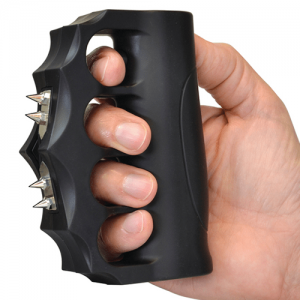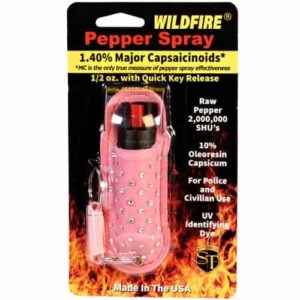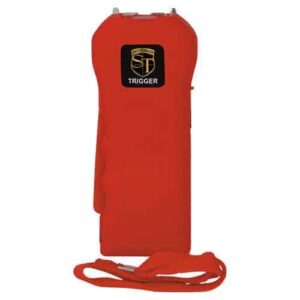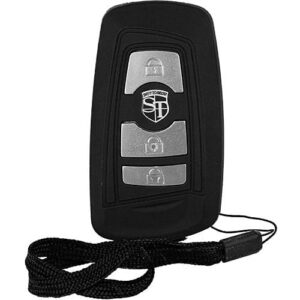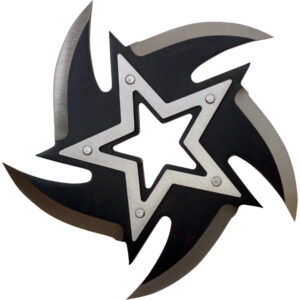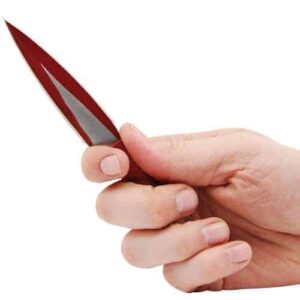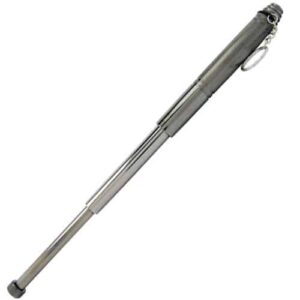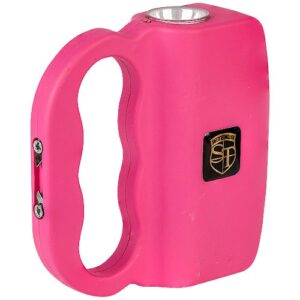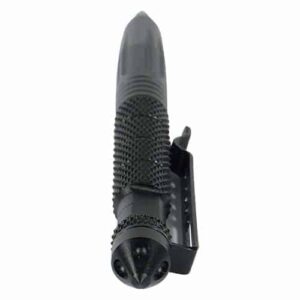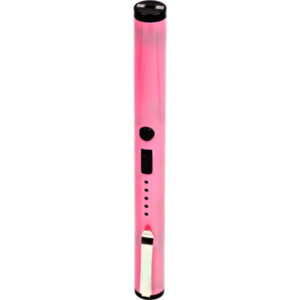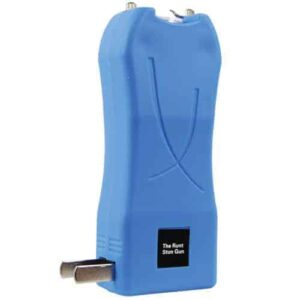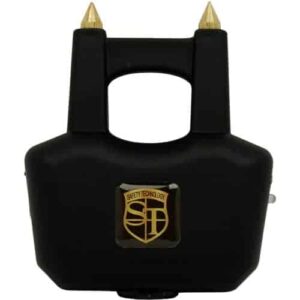Embrace a sense of empowerment and heightened confidence through an exploration of Kubaton self-defense. This special method of self-protection not only equips you with vital skills to ensure your safety but also introduces you to a unique martial art culture that has been cherished for centuries. As you understand more about Kubaton, you’ll appreciate its simplicity, versatility, and its impressive ability to transform ordinary objects into substantial defense tools. Whether you’re walking home late at night or traveling abroad, the knowledge of Kubaton self-defense is your powerful ally adding to your security.

Table of Contents
ToggleKubaton Self Defense
Kubaton self defense refers to the use of a small, handheld device known as a kubaton for defending oneself. A kubaton is a straightforward but powerful tool, designed primarily for striking and pressure point manipulation, but it is also useful in joint locking and disarming techniques. Kubatons are easy to carry, easy to use, and can provide incredible value in terms of personal protection. This article aims to take you on a comprehensive journey through the critical aspects of Kubaton self-defense, including an overview of kubatons, their history and benefits, how to choose the right one, techniques for use, and even legal aspects you need to consider.
Overview of Kubatons
Kubatons are simple tools that fit in the palm of your hand. Typically, a kubaton measures about 5.5 inches in length and about half an inch in diameter, usually made of a durable and hard material like aluminum, plastic, or steel. Often, they are designed with a keyring at one end, making them easy to carry along with your keys. Kubatons are not sharp or bladed. They use the principle of reinforcing and focusing the power of your strike, making them a formidable tool despite their compact size.
History of Kubatons
Kubotans were invented in the late 1960s by Soke Takayuki Kubota, a Japanese-American karate master, hence the name. Originally, these self-defense tools were primarily used by law enforcement officers to subdue offenders without resorting to lethal force. Soon though, it became popular among civilians looking for easy-to-carry self-defense tools. Today, they are widely available and are used all around the world by people who want an effective and discreet method of self-defense.
Benefits of Using Kubatons for Self Defense
There are many benefits to using a kubaton for self-defense. Firstly, due to their compact size, they are easy to carry and conceal. This ease of portability means you’re more likely to always have it with you, unlike more cumbersome defense tools. Secondly, they are relatively simple to use, with just a little training you can effectively defend yourself against an attacker. Thirdly, they are a non-lethal form of protection. They are designed to incapacitate or dissuade an attacker, but not kill them. Lastly, in most places, they are legal to carry, unlike knives or guns.
Choosing the Right Kubaton
The right kubaton for you will depend on your personal preferences and needs. You’ll want to consider factors like weight, length, material, and ease of carry. As a general rule, opt for a kubaton that fits comfortably in your hand and does not feel too heavy. Also, ensure that it’s made from a durable material that can sustain repeated strikes without breaking down. Furthermore, it should be easy to carry around with you – those with a keyring attachment are particularly handy in this respect.
Proper Grip and Basic Techniques
Holding a kubaton correctly is vital to utilizing it effectively. The recommended grip is to hold the kubaton in your fist, with the tip protruding from the bottom of your hand. For basic strikes, you can target soft or sensitive areas such as the stomach, face, neck or groin. You can also use the kubaton for hammer strikes, similar to swinging a hammer, targeting the attacker’s face or collarbone.
Striking Techniques
There are several striking techniques to employ when using a kubaton for self-defense. Overhead strikes are done much like swinging a hammer, targeting the top of the shoulder or skull. Horizontal strikes involve a swinging motion, similar to a punch – targeting an aggressive’s nose, throat, or chest. An upward strike, known as an underhand strike, is effective for targeting the groin or lower abdomen. Lastly, a thrusting strike, which is more direct and forceful, can penetrate deep into soft tissues and organs if executed correctly.
Pressure Point Techniques
Apart from striking techniques, kubatons can also be employed to inflict extreme pain by applying pressure to certain points in the body. The principle behind this is using the kubaton to magnify the pressure exerted by your hand. Significant regions you can target include areas around the neck, under the armpit, inner thigh, or behind the ears.
Disarming Techniques
The use of a kubaton can also aid in disarming an attacker with a weapon. With appropriate training, you can use the device to apply pressure on an attacker’s hand or wrist, forcing them to drop their weapon. It’s a notable advantage if you ever find yourself in a situation where your attacker possesses a weapon.
Training and Practice
Like with any form of self-defense, the effectiveness of a kubaton depends greatly on adequate training and practice. You should practice using a kubaton, ideally with a professional trainer, to learn the different techniques and understand how best to combine them. In addition to physical training, it’s also important to develop your awareness skills and learn when and how to react appropriately in different situations.
Legal Considerations
While kubatons are legal in many places, it’s important to note that laws can vary greatly from one area to another. Some areas may have restrictions on carrying a potentially harmful item, even if it’s a non-lethal device like a kubaton. So, before you start carrying the device around, make sure you familiarize yourself with your local laws and regulations.
Conclusion
In conclusion, a kubaton is a versatile and powerful self-defense tool that provides numerous benefits. Its small size, combined with its potential for disabling an opponent, makes it an excellent choice for personal defense. By understanding its history, functionality, techniques of use, and legal considerations, you are well on your way to becoming better prepared and protected. Remember, though, that usage of a kubaton requires practice and training, and it’s crucial to familiarize yourself with the legislation of your area regarding carrying such items.



